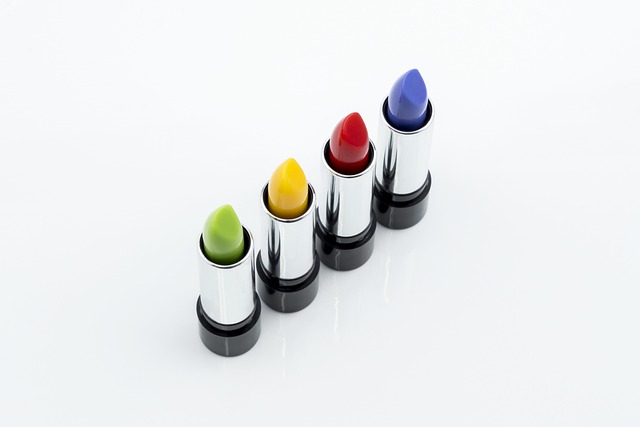Lipstick, a daily essential, combines science and art in its formula. Traditional vermouth beauty products may contain parabens, fragrances, and pigments that can cause skin irritation or long-term health issues. Increasingly, consumers demand natural lipsticks using plant-based extracts, essential oils, and natural waxes for a safe, long-lasting "vermouth beauty" experience that respects both lips and the environment.
“Uncover the secrets hidden within your favorite vermilion hue—lipstick. This compact container holds more than just a vibrant shade; it’s a complex blend of chemicals designed for beauty. In this comprehensive guide, we delve into the intricate world of lipstick formulations, examining the safety and health implications of common ingredients. From harmful toxins to natural alternatives, we explore the options, empowering you to make informed decisions for your vermouth beauty routine.”
- Unveiling the Ingredients: A Closer Look at Lipstick Formulas
- The Safety and Health Implications of Common Chemicals
- Exploring Alternative Options: Natural and Safe Lipstick Choices
Unveiling the Ingredients: A Closer Look at Lipstick Formulas

Lipstick, a staple in many people’s daily routines, is more than just a cosmetic product—it’s a blend of science and art. Unveiling the ingredients that compose these vibrant beauty products offers a fascinating glimpse into their creation. Lipstick formulas are complex, typically consisting of a mix of waxes, oils, pigments, and various chemical compounds that contribute to their texture, staying power, and color intensity.
A closer look at these formulations reveals intriguing choices in raw materials, such as beeswax and carnauba wax for structure, and vitamin E for its moisturizing properties. The vibrant hues are achieved through the use of pigments like iron oxides and mica, while chemical additives enhance durability on the lips. These ingredients, carefully selected and combined, transform ordinary vermouth beauty products into tools that enhance one’s natural features, ensuring a lasting effect and a touch of elegance.
The Safety and Health Implications of Common Chemicals

Lipstick, a staple in many people’s daily routines, contains a variety of chemicals that can have significant safety and health implications. While vermouth beauty products are often associated with luxury and indulgence, the ingredients used in their formulation may not always be as harmless as they seem. Common chemicals found in lipsticks, such as parabens, fragrances, and certain pigments, have been linked to potential risks including irritation, allergic reactions, and long-term health effects.
Parabens, for instance, are preservatives commonly used in cosmetics to extend their shelf life. However, they have been associated with disruptions in hormone balance, raising concerns about their impact on reproductive health. Fragrances, another prevalent ingredient, can trigger sensitivities and allergies, leading to skin irritations. Moreover, certain pigments used for color may contain heavy metals or other toxic substances that could pose risks upon prolonged exposure through repeated application. Understanding the composition of your vermouth beauty products is thus crucial for making informed decisions about your health and well-being.
Exploring Alternative Options: Natural and Safe Lipstick Choices

In today’s world, consumers are increasingly conscious of the ingredients in their cosmetic products. Lipstick, a staple in many people’s daily routines, is no exception. While conventional lipsticks often contain chemicals that raise concerns about potential health risks, exploring alternative options has become a priority for those seeking both beauty and safety. Natural and safe lipstick choices are abundant, offering a vermouth beauty experience free from harsh components.
These alternatives typically harness the power of plant-based extracts, essential oils, and natural waxes, ensuring a smooth, long-lasting finish without compromising on color or shine. By opting for these products, consumers can make informed decisions that align with their values, knowing they’re using lipstick that is kind to both their lips and the environment.
Lipstick, a staple in many beauty routines, contains a mix of chemicals that can vary widely. While traditional formulas offer vibrant colors, it’s essential to consider the potential health implications of common ingredients. The article has explored these implications and unveiled the need for safer alternatives. By choosing lipsticks with natural and organic components, you can embrace vermouth beauty—a trend that prioritizes both aesthetics and well-being. Remember, a beautiful look shouldn’t come at the cost of your health.
